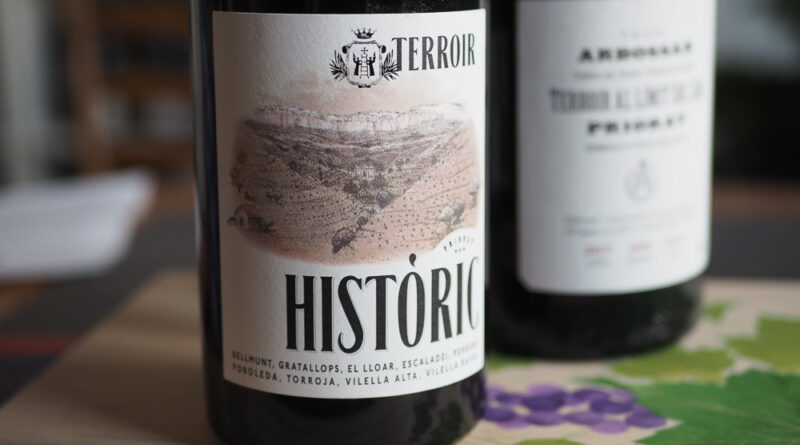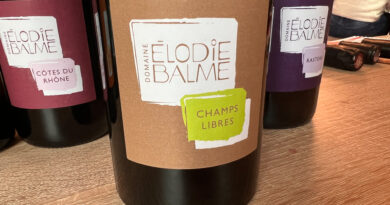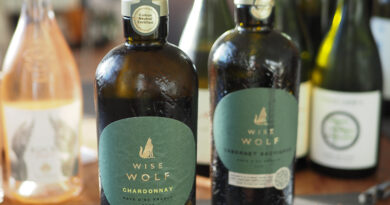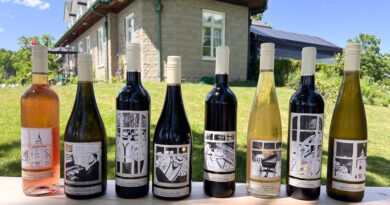Spain’s reinvention: how new wines and new styles have made Spain one of the world’s most exciting wine countries
Each new year, I go through all the notes I’ve taken on wines that I’ve drunk over the previous 365 days to pull out some of the highlights. And when I last did this at the end of 2021, one thing surprised me: how many of the wines came from Spain.
When I first started getting into wine, Spain wasn’t the most interesting of wine countries. The most famous wines were oak-aged reds from Rioja and Ribera del Duero. Both of these regions were commercial success stories. People seemed to like the wines a lot, and especially in the case of Rioja, they also offered great value for money at the bottom end. The problem was that Spain seemed to have a love affair with small oak barrels, to the point that most of the wines tasted more of the winemaking process – in particular, the extended barrel ageing, often with American oak contributing overt coconut and vanilla notes – than of the vineyard. It’s great for consumers, of course, to be able to buy mellow, mature Gran Reservas in the supermarket for relatively low prices, but there seemed to be a lack of stylistic diversity, and far too much winemaking imprint. Elsewhere in Spain, the wines tended to be warm-climate barrel-aged reds, but there were a few whites from Rias Baixas and Rueda, and of course there was Sherry, which was still in the hands of big companies, often producing good wines, but we rarely saw great ones. Cava at the time was in the doldrums.
Things have changed greatly. Now, Spain is one of the most dynamic and exciting of all wine countries. Yes, Rioja still has its factory wineries, and Ribera del Duero is struggling with its oak and extraction addiction, but in both of these regions there are lots of people who are breaking free of the formulas of the past, and bringing the vineyard back to the forefront.
But it’s in the lesser-known regions where a lot of the progress has been made.
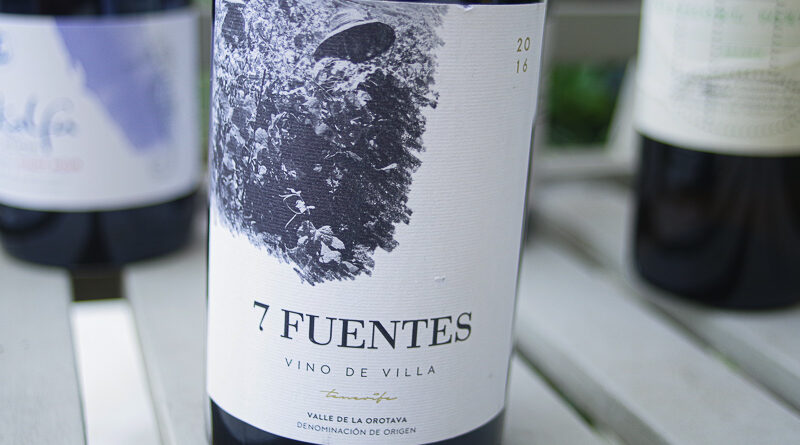
Take the Canary Islands. Three producers stand out for me here. First, Tenerife. Here Jonatan Garcia is turning out some serious, restrained, elegant wines from vineyards in Oratava in the north, under the name Suertes del Marques. These are striking wines with real tension, made from local varieties. Also on Tenerife, we have Envinate, who also work in Ribera Sacra. Their wines are also astonishingly elegant, with lovely tension. And on Gran Canaria, the debut vintage from Bodegas Tamerán has just been released. It’s the winery owned by ex-Manchester City footballer David Silva, and the wines are made by Jonatan Garcia. The first releases are five whites each from a single local variety, and they are seriously good.
What about Bobal? This is a variety that used to be poorly regarded, but it turns out that in the right hands, from well-farmed vineyards, it is capable of making seriously good red wines. It’s the third most-planted grape in Spain, it’s drought resistant, and keeps its acidity. Why isn’t more done with it, aside from cheap or bulk wine? Juan Antonio Ponce makes some brilliant examples from Manchuela, but others are also doing good things with this grape. And in Valencia, Javi Revert deserves a name check for his beautiful wines from a region that has hardly any serious attention.
I’ve already name-checked Ribera Sacra, where spectacular vineyards are yielding some stunningly elegant, expressive wines from the likes of Envinate, Fedellos de Couto and Raul Perez. Elsewhere in Rías Baixas the Albariño revolution continues, and for me the star here is Eulogio Pomares of Zarate, and also a project under his own name, where as well as stunning Albariño he also makes a remarkable red from Caiño Tinto.
One producer that has really impressed me spans both Priorat and neighbouring Montsant. The team of Dominic Huber and Tatjana Peceric make Terroir al Límit in Priorat, and Terroir Sense Fronteres in Montsant. Both are brilliant wineries and the journey they have been on is an interesting one, ever since Dominic joined forces with Eben Sadie of South African fame to start Terroir al Limit. Aiming for elegance from the off, this journey has taken them to get rid of their expensive Stockinger foudres and replace everything with concrete. There is no wood in either winery, and with early picking and low extraction, the result is stunning wines of real tension and focus.
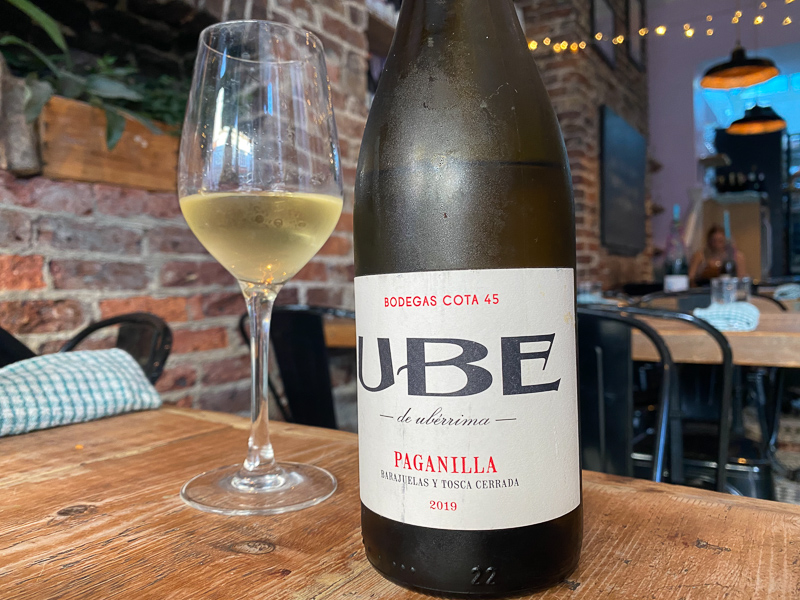
I have to also mention the Sherry revolution. The expansion of the region in the 1970s, when Sherry was commercially very important, led to a focus on the production process and the factory-like bodegas in Jerez. The narrative emerged that Palomino was a neutral variety, and with new high-producing clones, the base wines were relatively low in alcohol. But in recent years some winegrowers in the region have made a case for going back in time, to when the vineyards were an important part of the Sherry story. The importance of the pago, the different types of albarizo, and even making biologically aged Sherries without fortification are part of this new story. Some very exciting wines are emerging from the likes of Willy Perez, Ramiro Ibáñez (Cota 45) and Muchada-Léclapart. Sherry country is very much getting its mojo back.
And Cava, and its offspring Corpinnat, shows signs of escaping the low price rut. I’ve been drinking some very interesting examples of both this year, from the likes of Gramona, Recaredo, Juve y Camps, Parés Baltà and Agustí Torelló.
This isn’t a comprehensive list of all that I’ve found interesting in the Spanish wine scene over the last year, but it’s a snapshot of what is a really dynamic wine country, once you scratch below the surface.

